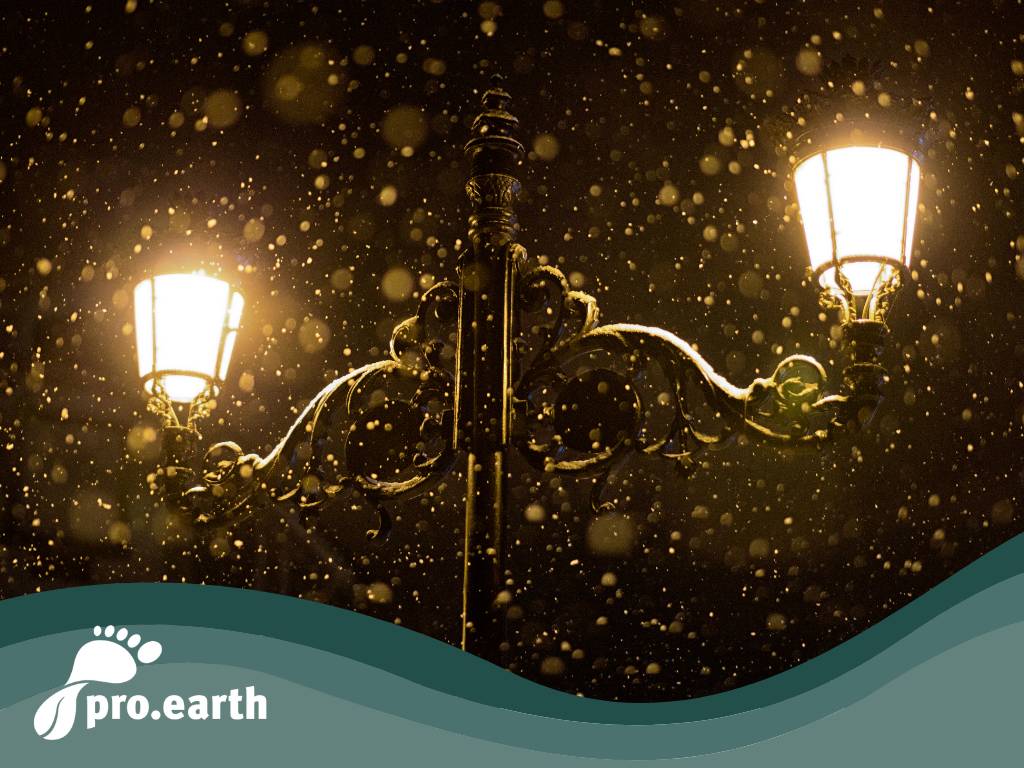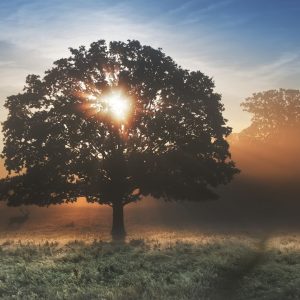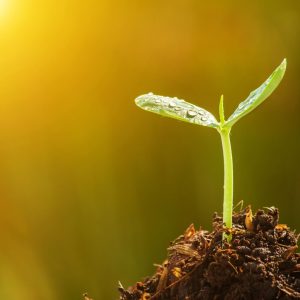The fatal consequences of light pollution for animals

According to Wikipedia, 99 percent of the population in Europe and the USA are affected by light pollution. How many of us still know really dark nights? Or seen the Milky Way with the naked eye? According to BUND, a large part of this light pollution comes from poorly constructed or ineffective light sources. In addition to the unnecessary waste of energy, light pollution has a negative impact on nature and the environment. We have already explained how harmful it is to the human body.
It's not just the sleep rhythm of us humans that can be disturbed by brightness. Animals and plants also suffer from night-time brightness. Birds suffer just as much as insects and fish, and changes have also been observed in microorganisms.
Birds
Just like humans, birds in urban areas suffer from poor sleep due to the light at night. This leads to an increased metabolism and increased energy requirements, especially in winter, which often cannot be satisfied and therefore leads to population decimation.
Furthermore, the reproductive and breeding behavior of songbirds is disturbed in brightly lit areas. The birds breed earlier, which can be problematic because the food supply is scarcer and the weather is often worse, reducing breeding success.
Migratory birds also suffer from the massive light pollution. As two thirds of these birds fly at night and orientate themselves to the earth's magnetic field on the one hand, but also to the two rotation centers of the starry sky on the other, the brightness leads to severe confusion and temporary disorientation. This leads to mass collisions with high-rise buildings worldwide (including unlit buildings), which can kill up to 10,000 birds in one night. Every year, this adds up to several million migratory birds that die as a result of such collisions.
Insects
Insects die in agony in light sources or can no longer find their reproductive partners in the bright light. The journal "Spektrum" calculates for Germany that the number of insects killed by light sources over a three-month flight period using white light is around 91.8 billion. This figure does not include lights in private homes, illuminated advertising and shop windows, decorative lighting of sights and large objects and the lighting of industrial plants, which increases the nocturnal death rate of insects caused by artificial light enormously. The underlying figures refer to landscapes where insect activity is presumably already very low.
The great extinction of insects is fueled by light pollution and thus also threatens our entire ecosystem due to the lack of pollination of many plants and the lack of food for many animals.
https://news.pro.earth/2023/04/19/lichtverschmutzung-die-helle-not-nachtaktiver-insekten/
Bats
Bats react very sensitively to light sources that are close to their roosts. On the one hand, they then leave such roosts or, depending on the species, fly out much later or, in the worst case, not at all. It is particularly bad when light shines inside the bats' roosts, as this usually means the death of the entire population.
n addition, light pollution makes foraging more difficult, partly because the number of insects is decreasing. On the other hand, some species also benefit from hunting near light sources because it is easier for them to find prey there.
Aquatic life
For fish, brightly lit bridges are an insurmountable obstacle, including during spawning migration. Zooplankton are also significantly disturbed in their day/night rhythm, as they normally rise to the surface in the dark to feed on algae.
The effects of artificial lighting on sea turtles, e.g. the species Caretta caretta, are frequently documented: on the one hand they avoid illuminated beaches to lay their eggs, on the other hand light leads to disorientation and the hatchlings migrate inland after hatching, which leads to high mortality rates.
Plants
Plants change their annual rhythm due to light pollution. For example, trees flower earlier and shed their leaves too late in the fall - especially those that stand directly next to or under bright light sources (street lamps). The abundance of light suggests to them that it is still summer. Frost damage is the result.
Further links:
https://news.pro.earth/2023/06/18/zunehmende-lichtverschmutzung-wirkt-sich-negativ-auf-unsere-gesundheit-aus/






